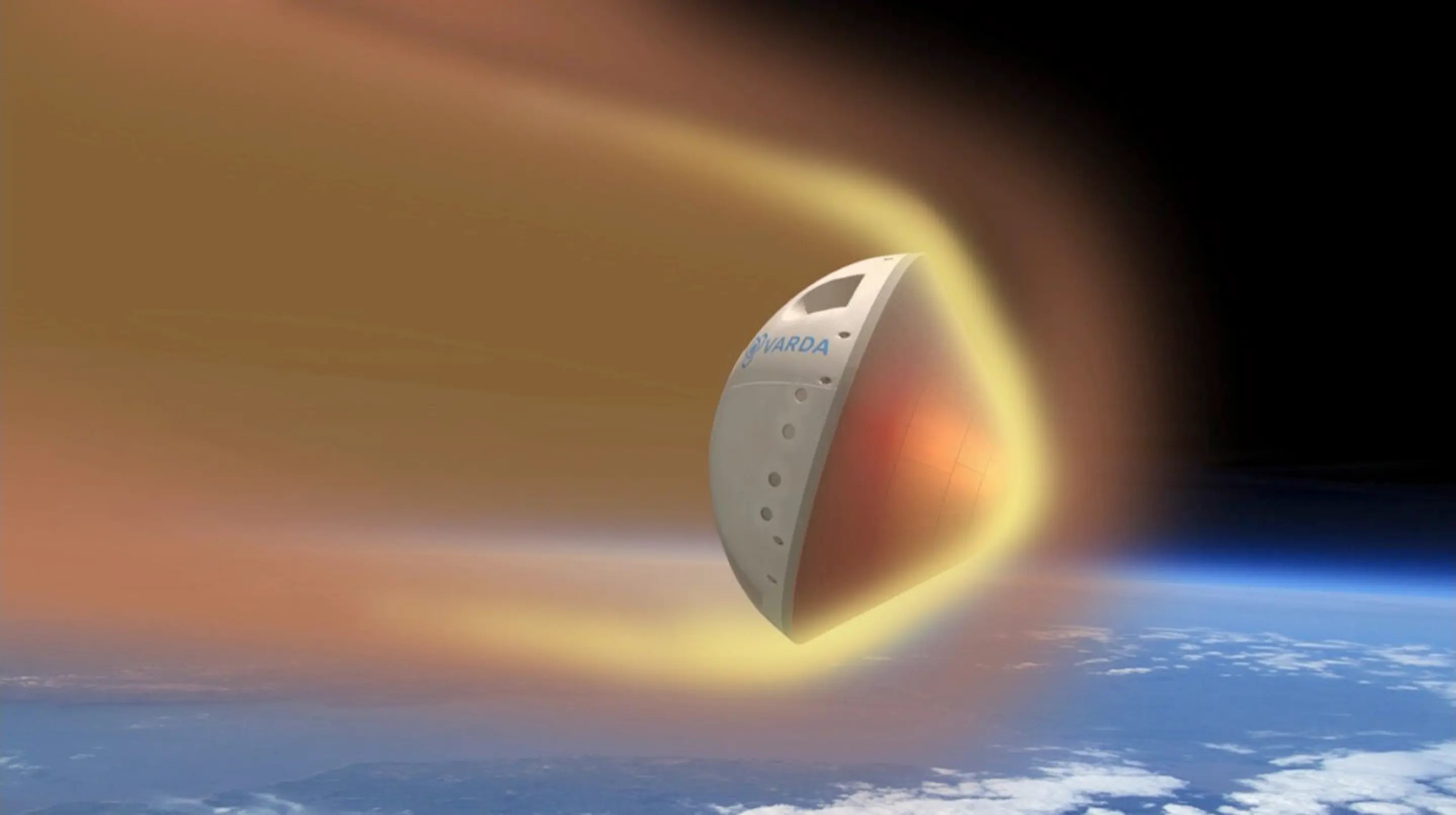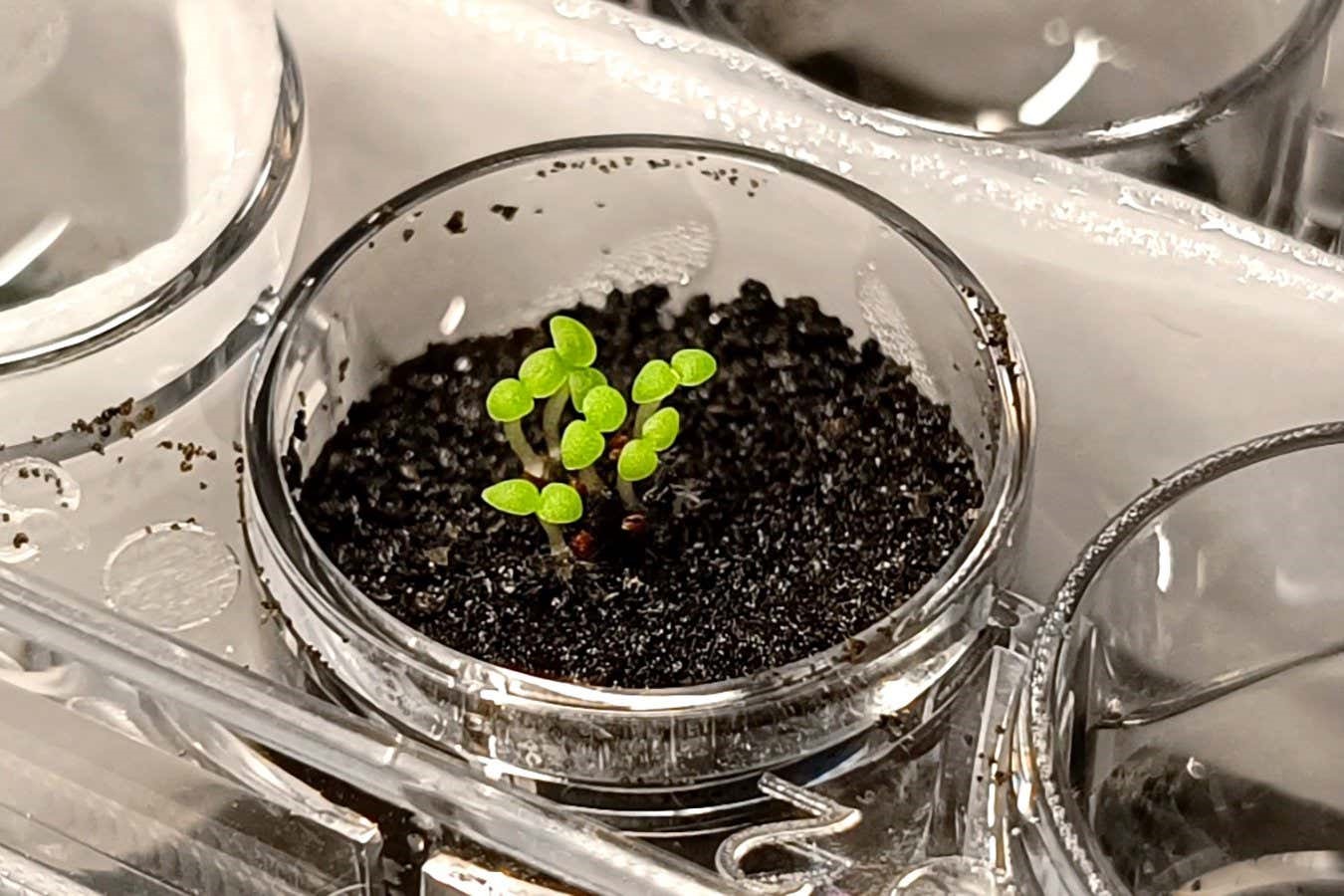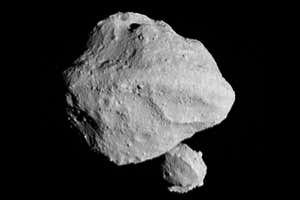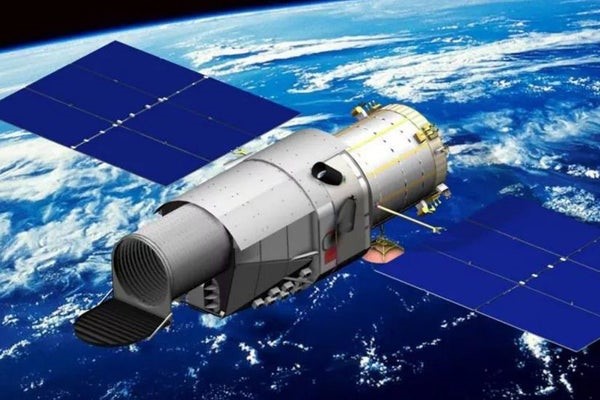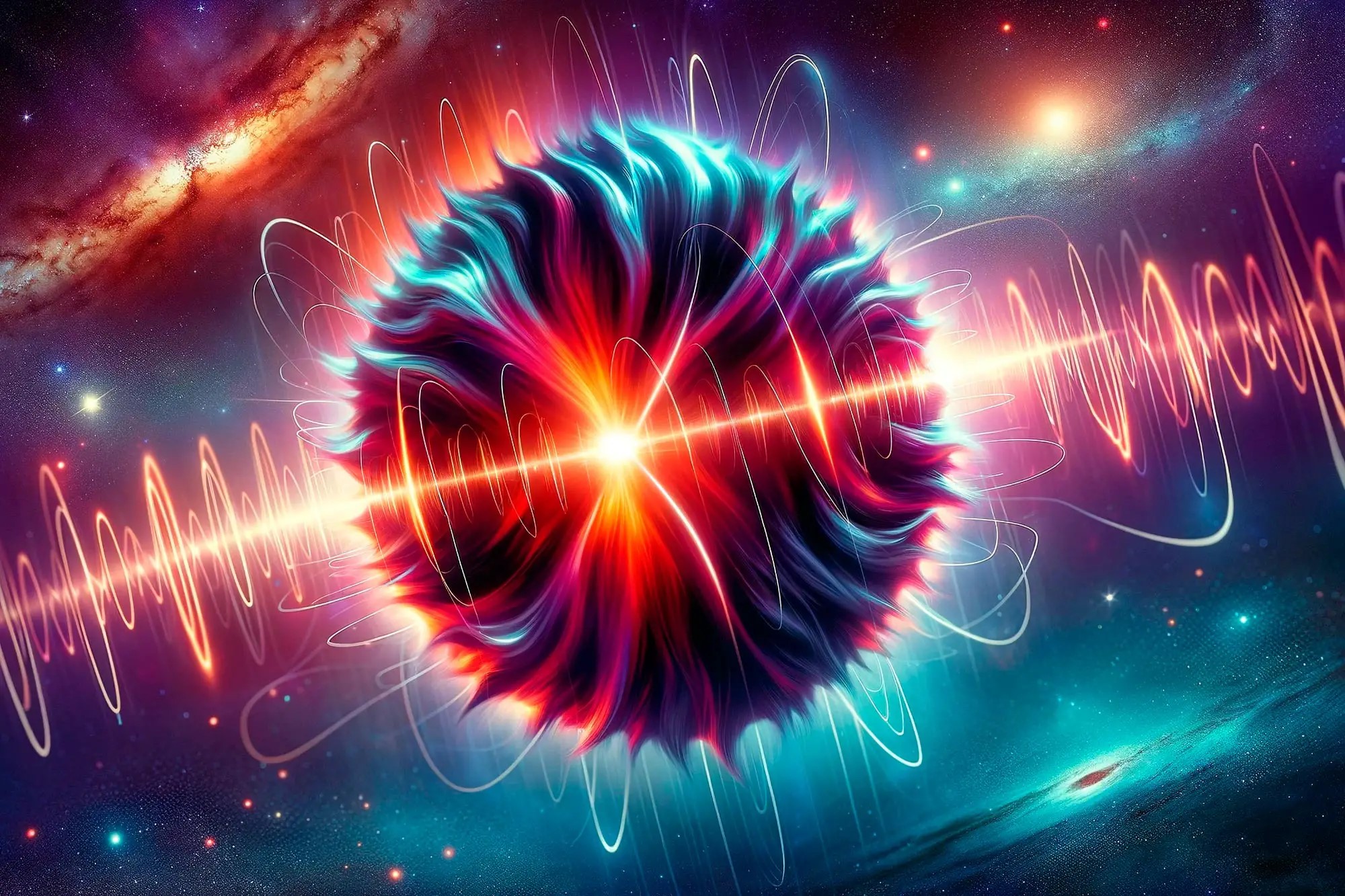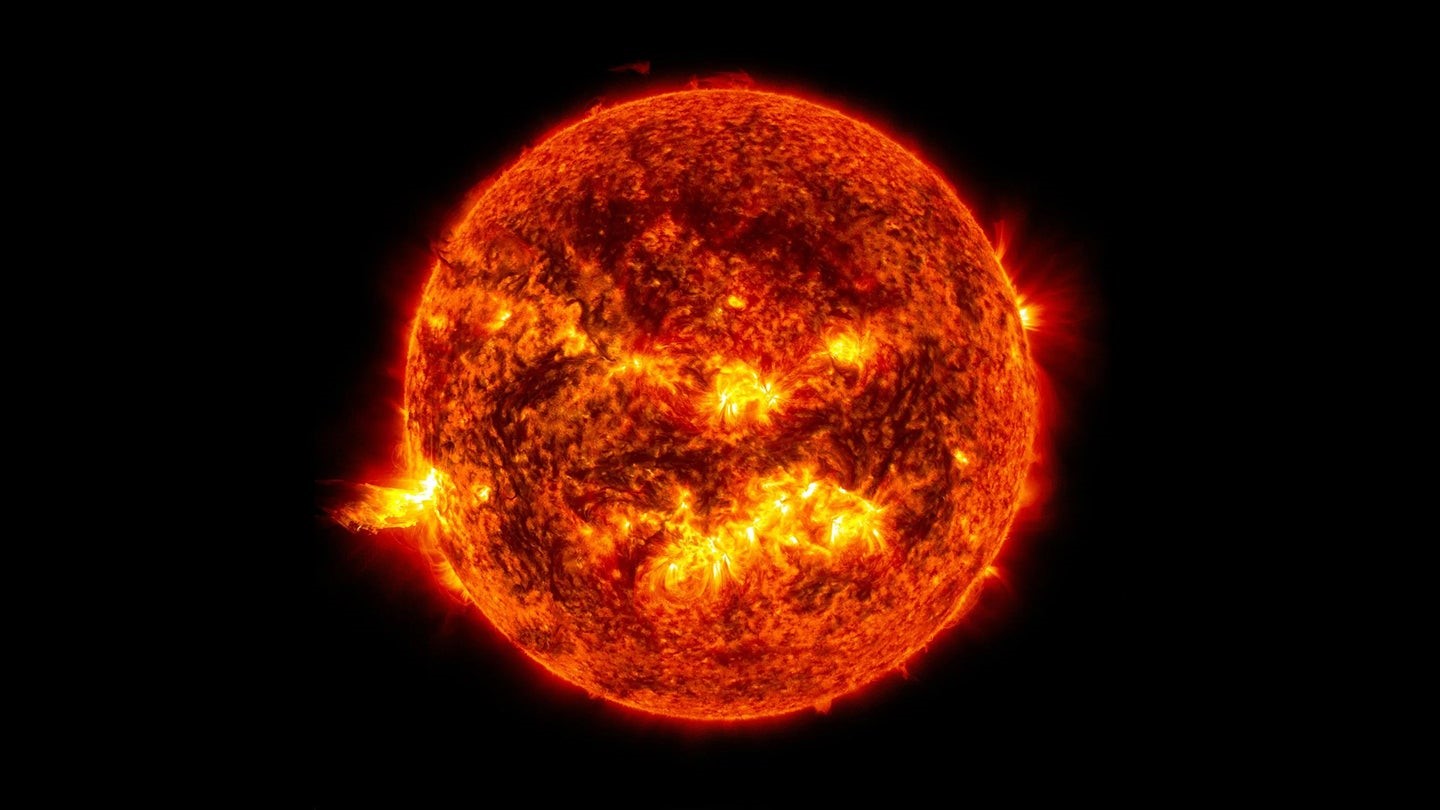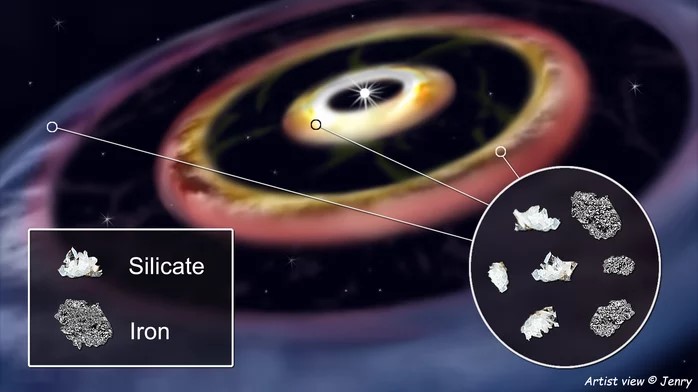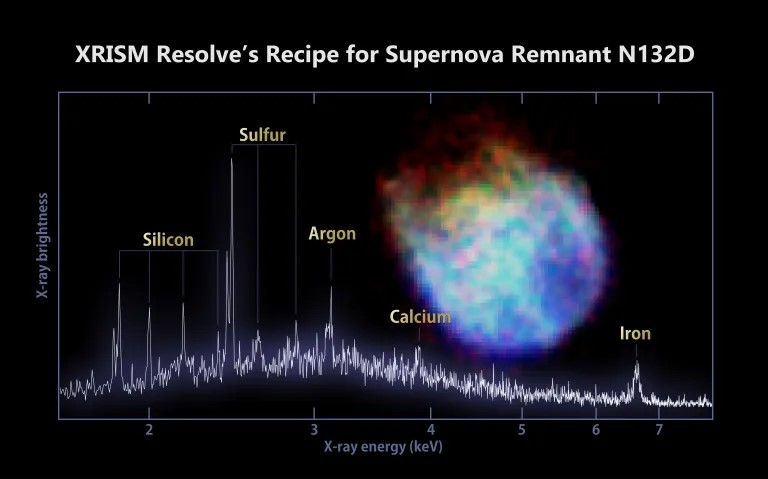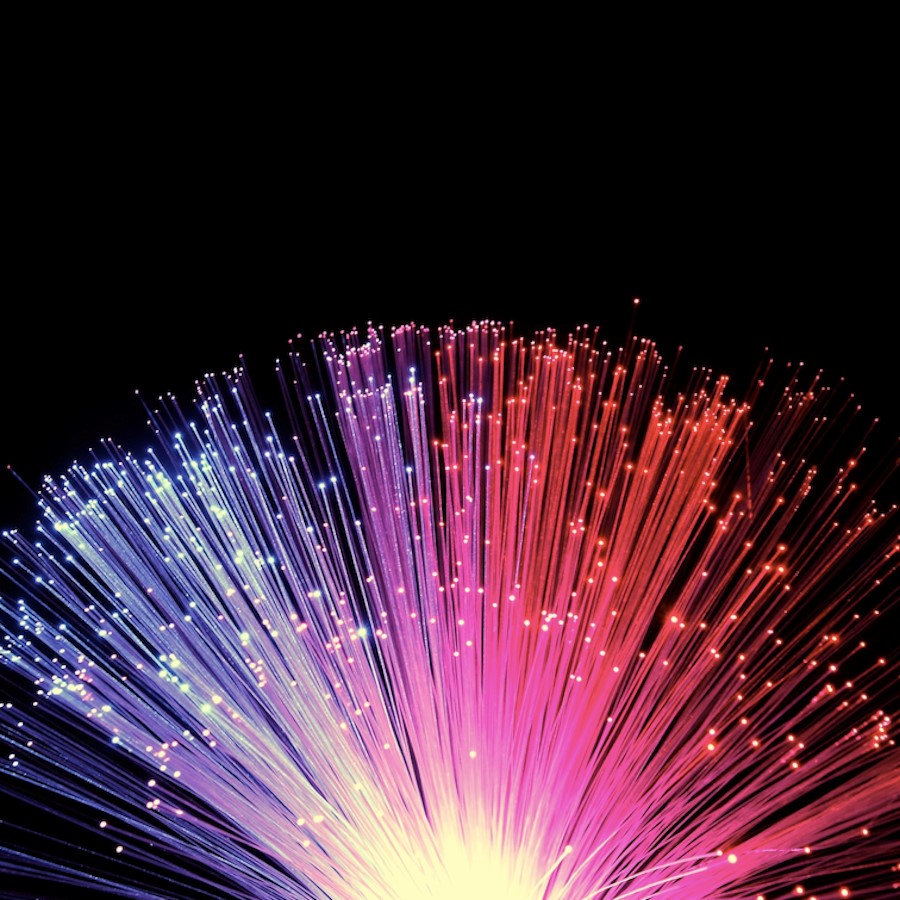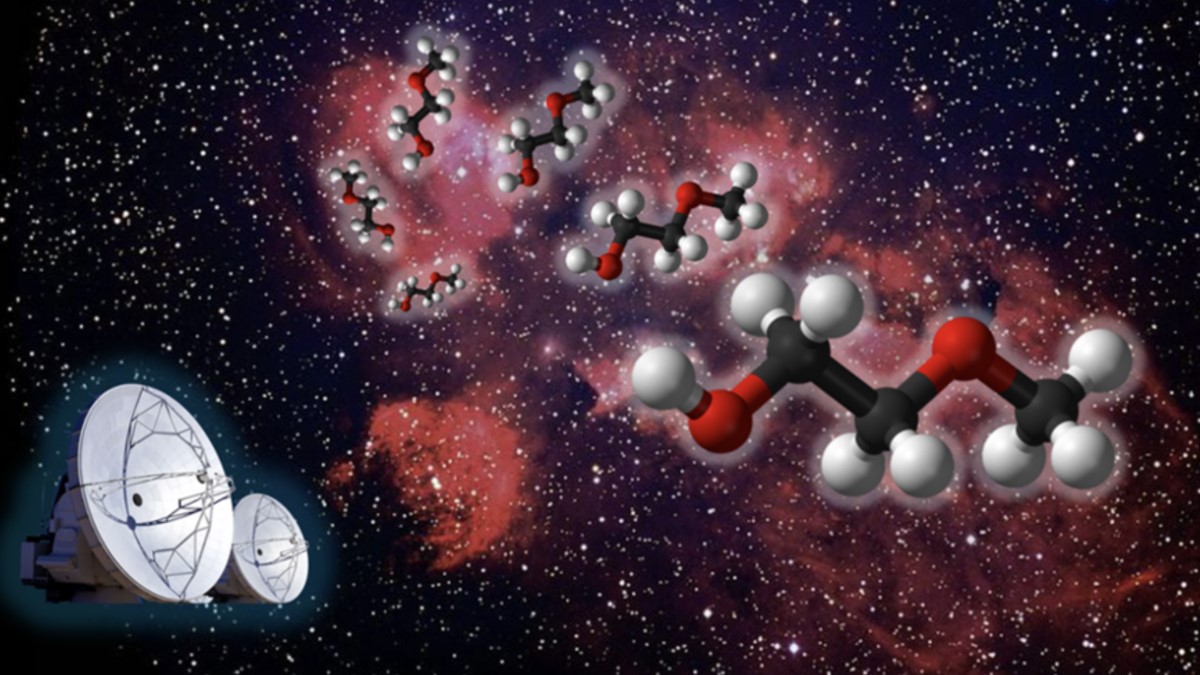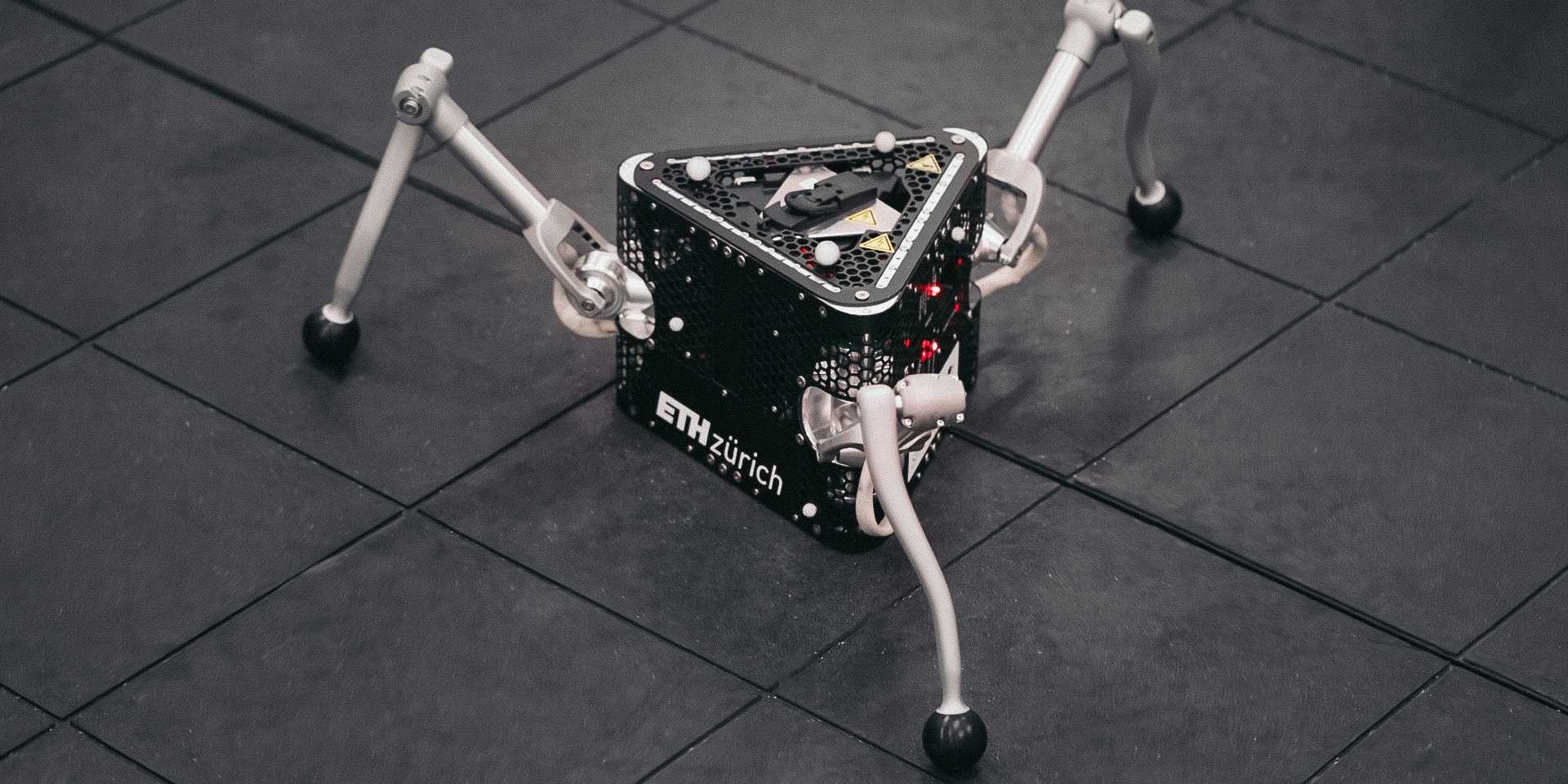Magnetic Microflowers Enhance Fields and Revolutionize Sensors
Physicist Anna Palau has engineered tiny magnetic “flowers” that are transforming the way magnetic fields are controlled. These metamaterials, featuring petal-like structures, concentrate magnetic energy at a central point, significantly enhancing its strength. Experiments at BESSY II with a cobalt rod demonstrated their ability to boost magnetic sensors and imaging technologies. This breakthrough in field concentration could lead to more advanced data storage devices, biomedical innovations, and groundbreaking magnetic experiments once considered unattainable.
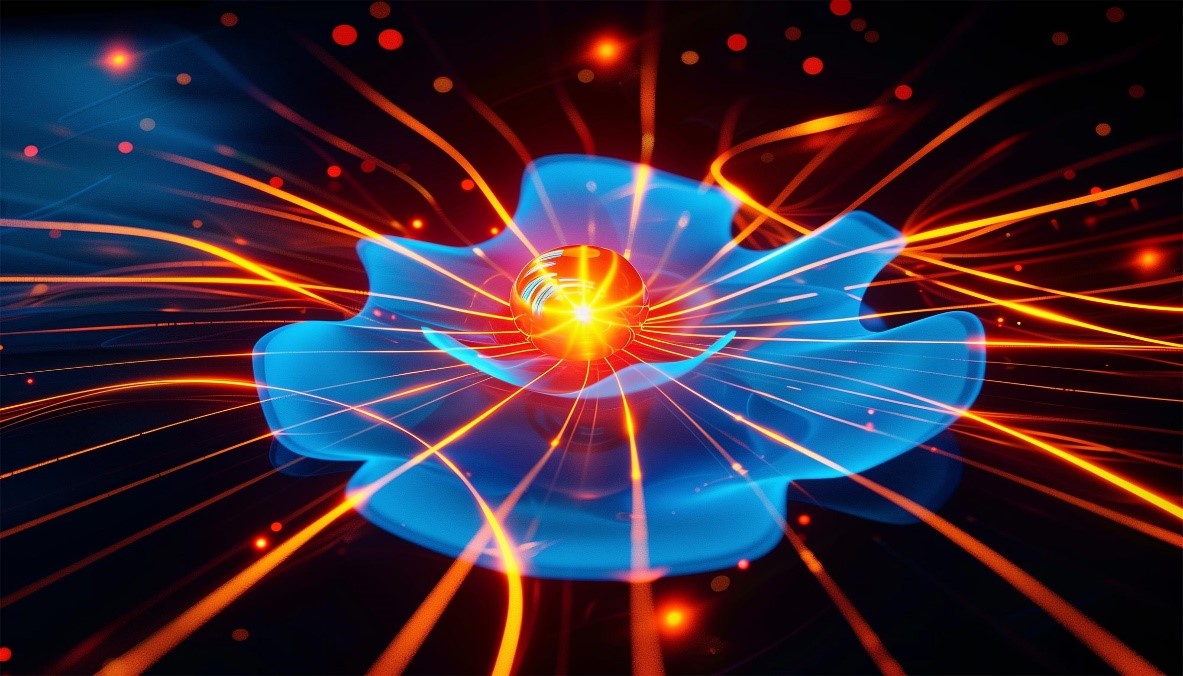
Figure 1. Flower-Shaped Magnetic Metamaterials Enhance Sensor and Imaging Precision
Magnetic Microflowers: Tiny Structures with Powerful Fields
Viewed under a scanning electron microscope, the new metamaterial takes the form of a tiny flower. Its “petals” consist of strips of a ferromagnetic nickel-iron alloy and can be tailored in shape, with adjustable inner and outer radii, as well as varying petal numbers and widths. This unique flower-like design concentrates external magnetic field lines toward the center, dramatically amplifying the field in that specific area [1]. Figure 1 shows Flower-Shaped Magnetic Metamaterials Enhance Sensor and Imaging Precision.
Understanding the Mechanics of Magnetic Metamaterials
Physicist Anna Palau explains that metamaterials are engineered materials with microstructures smaller than the electromagnetic or thermal waves they are designed to control. She is developing magnetic microstructures with potential applications in data storage, information processing, biomedicine, catalysis, and magnetic sensor technology. These metamaterials could significantly enhance sensor sensitivity by amplifying the magnetic field at their center, improving detection capabilities.
Microflower Experiments at BESSY II
Anna Palau, along with her student Aleix Barrera and researcher Sergio Valencia, conducted experiments at the XPEEM station at BESSY II. Using a cobalt rod as a sensor, they placed it at the center of various microflowers to map the magnetic domains within the rod. According to Valencia, adjusting parameters such as shape, size, and petal count allows for precise control of magnetic behavior. Their findings suggest that this approach could enhance the sensitivity of magnetoresistive sensors by more than two orders of magnitude.
Advancing Sensor Sensitivity and Imaging
This breakthrough offers new possibilities for enhancing small magnetic sensors and developing multifunctional magnetic components [2]. In the future, these microstructures could generate significantly stronger localized magnetic fields, benefiting experiments at the XPEEM station at BESSY II.
“Our system is a photoemission electron microscope, which is sensitive to magnetic fields as they deflect electrons, making experiments challenging,” explains Valencia. “Typically, we can apply a maximum field of about 25 millitesla (mT) for imaging. However, with this magnetic field concentrator, we can locally amplify the field up to five times higher.”
This advancement paves the way for studying a wide range of magnetic systems under previously unattainable conditions.
References:
- https://phys.org/news/2025-03-magnetic-microflowers-local-fields.html
- https://scitechdaily.com/magnetic-microflowers-amplify-fields-and-transform-sensors/
Cite this article:
Janani R (2025), Magnetic Microflowers Enhance Fields and Revolutionize Sensors, AnaTechMaz, pp. 170



